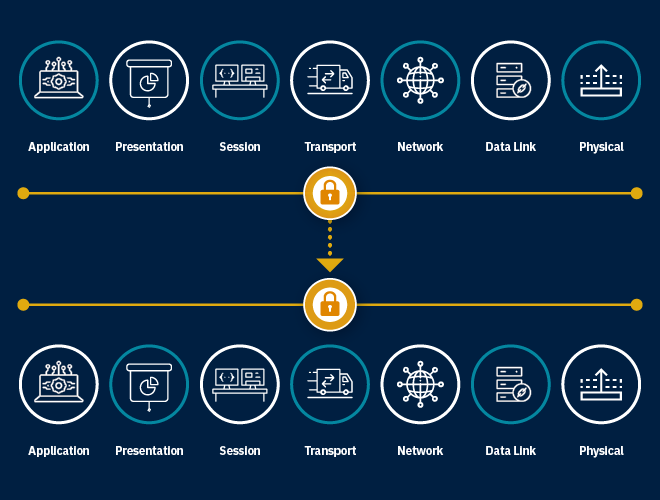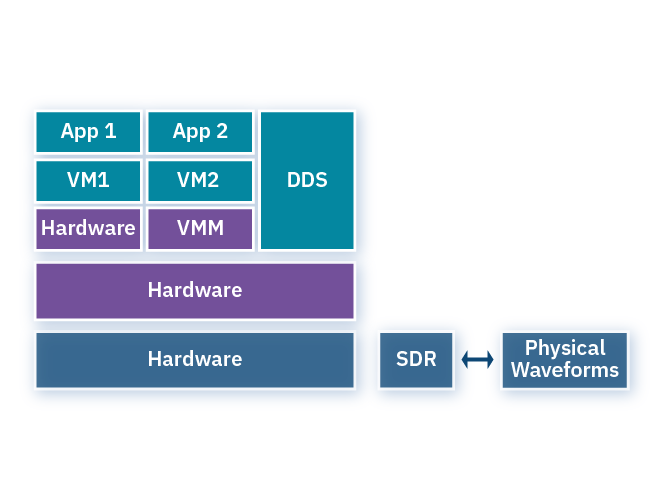Defending Our Future with Secure Waveforms
In the modern battlefield, waveforms across radio frequency, radar, and electromagnetic warfare will change faster than they can be designed due to Artificial Intelligence (AI) and Software Defined Radios (SDR). To conquer this challenge, our Secure and Resilient Systems (SRS) team is leading the path forward with real-time AI driven waveform generation.
SRS new class of waveforms by Riverside Research offer significant advancements in the realms of Low Probability of Intercept, Low Probability of Detection, and Low Probability of Exploitation (LPI/LPD/LPE). These new waveforms are only made possible because of our blend of Radio Frequency, Cryptanalysis, and Artificial Intelligence practitioners working together towards mission success.

Variety is key
To support the in-depth layered defense needs of DoD, we develop efficient methods for generating a variety of families of waveforms that can be used for communications, navigation, radar, and hybrid applications. Secure waveform design targets the physical layer of a layered systems approach, and is therefore, the first line of defense against our adversaries and the foundation for building a layered defensive strategy.
Our variety of families of waveforms have provable mathematical properties that make them highly suitable to applications where security and detectability/covertness are a top priority and are applicable to both radio frequency (RF) and laser communications. The mathematical properties allow us to tailor the families of waveforms to particular applications and to hybrid applications.

Math to the rescue
Algebraic Manipulation is an attack where an enemy can modify data being processed or stored by some device. Algebraic manipulation detection (AMD) codes are designed to detect algebraic manipulations. They serve the purpose of combinatorial authentication codes without keys. At Riverside Research, we are making improvements to AMD by shortening tag length and developing improved algorithms.

Layered communication
We provide a communication design that covers three main areas:
1. Communication based on Low Probability of Intercept waveforms
2. Software Defined Radio for agile waveform creation
3. Data Distribution Service middleware
Finally, this is built on top of a secure operating system providing us with security and functionality guarantees. These concepts uniquely form a communication stack that is elusive, secure, and versatile. Riverside Research’s recent investment in this area includes state-of-the-art Software Defined Radio labs in our Dayton Research Center and Boston Research Office.
